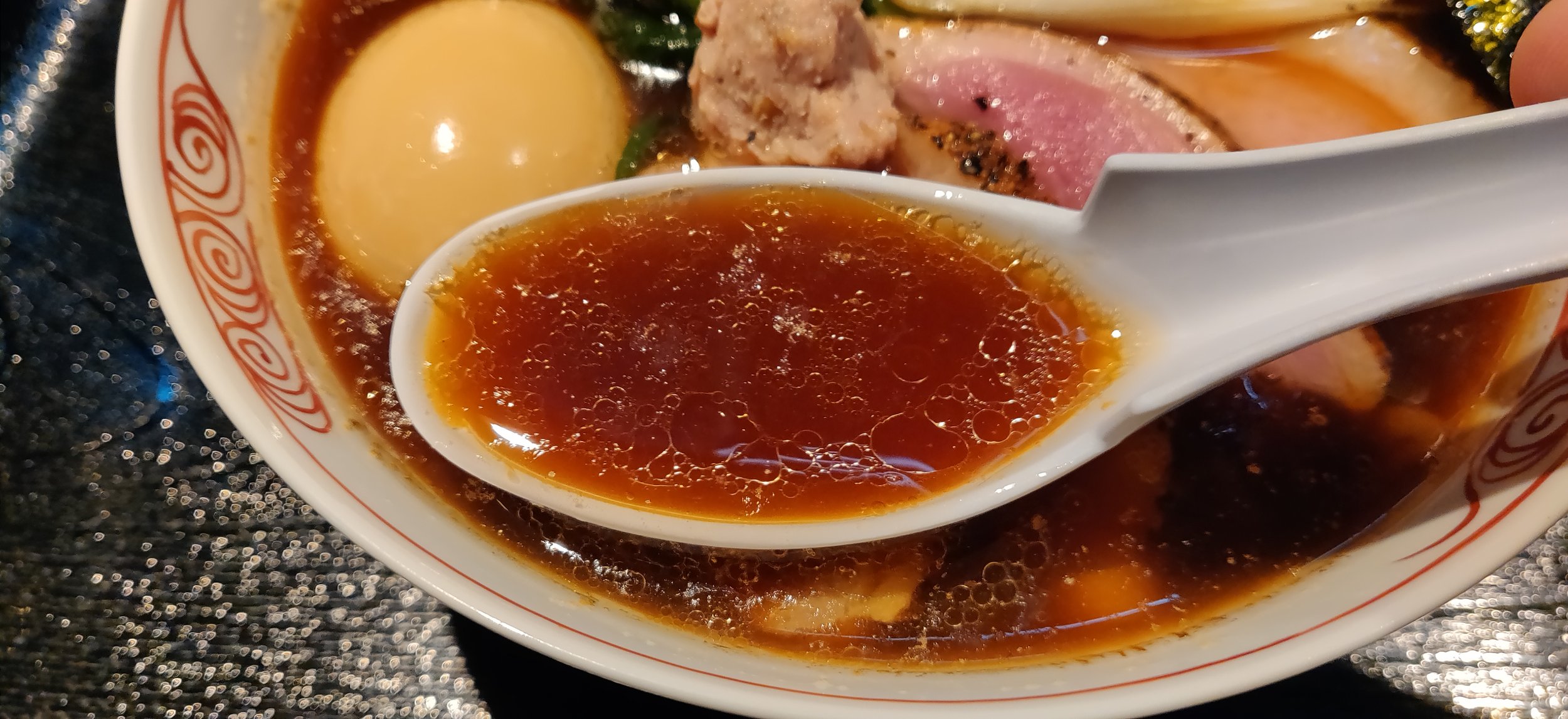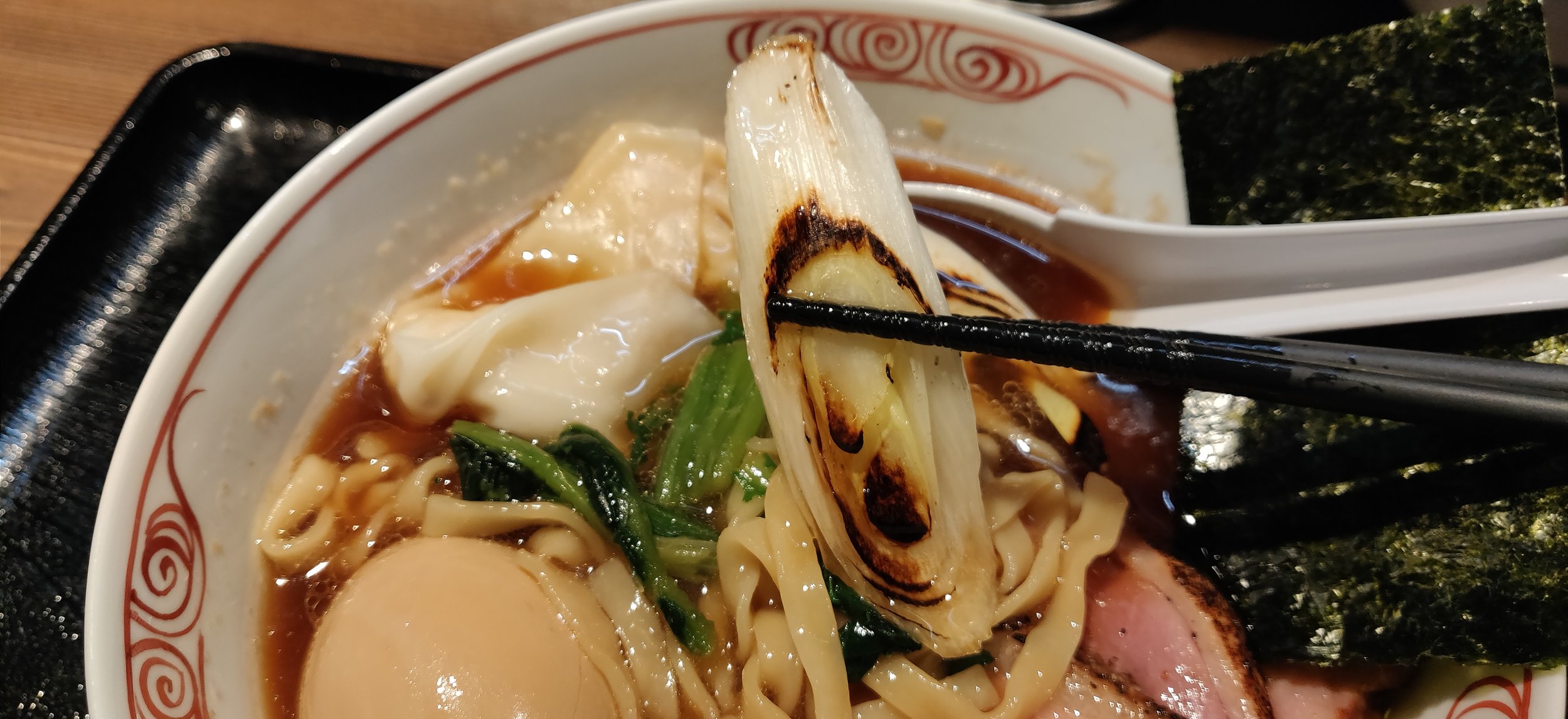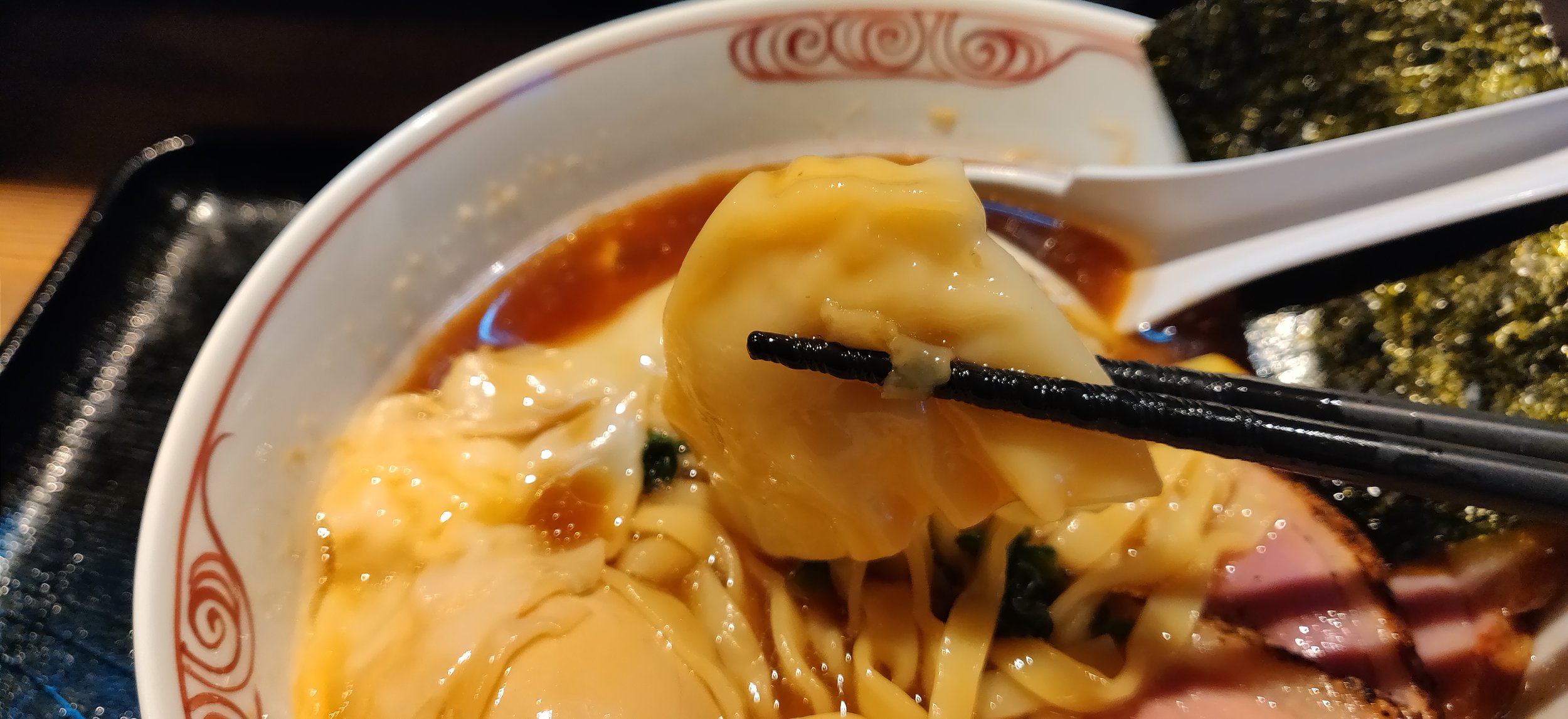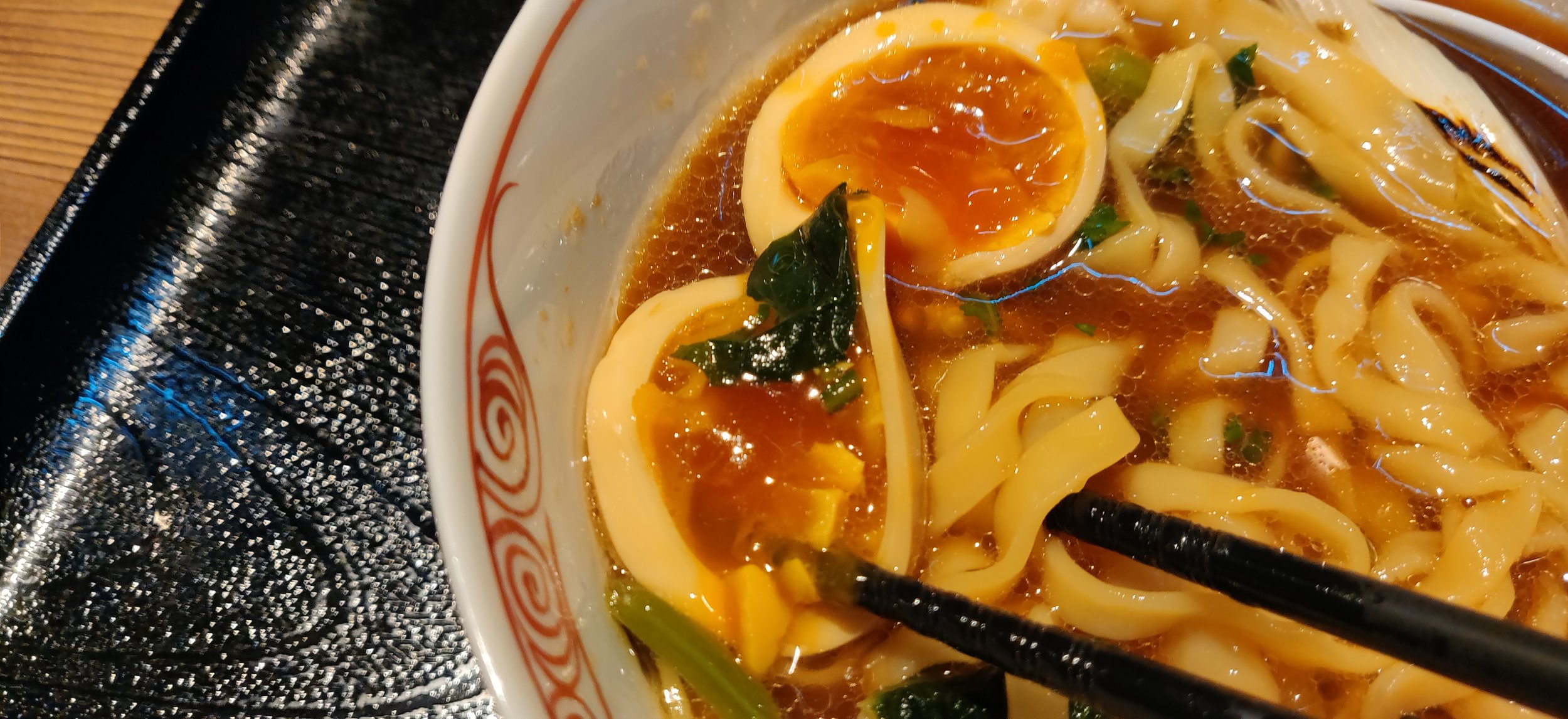Kamo Dashi Chuka Soba Menya Yoshiki (鴨出汁中華蕎麦 麺屋yoshiki): Best Duck Ramen in Tokyo?; Shin Koiwa, Tokyo
When ramen heads hear of Shin Koiwa, they probably only think of one thing…Menya Itto. Itto has continuously ranked in the top 5 tsukemen shops of Tokyo and as a result, has deservedly become synonymous with this station. While there are a handful of popular shops in the area, most are frequented by locals and there hasn’t been a nationally recognized shop here besides Itto in quite a while. Well, until now. In the 2021 edition of Tabelog’s Top 100, a new shop entered the prestigious list and is actually a former disciple of the famous Menya Itto. Kamo Dashi Chuka Soba Menya Yoshiki opened in 2020 and took over the former location of Menya Itto which is now located just a block away. While one might assume that this close proximity would draw customers away from Menya Yoshiki, the two shops have actually thrived here in Shin Koiwa and has established the area as an upcoming ramen hub of east Tokyo.
As you can see from the menu, it’s all in Japanese so I’ll translate the machine for you here. Starting at the top on the second column is the Tokusei Kamo-dashi Chuka Soba (duck broth ramen with extra toppings) followed by the regular version with no extra toppings, small rice, and large rice. On the next set of buttons is for takeaway chashu block and on the far right of that row is the Shio version of the Tokusei Tsukemen and Regular Tsukemen. Row below is for chashu topping (4 slices), and on the far right is the Shoyu version of the Tokusei Tsukemen and Regular Tsukemen. The row below that in the orange is the toppings of Ajitama soft boiled egg, menma bamboo shoots, 5 slices of dried nori seaweed, cheese, and the yellow indicate a Tokusei Curry Tsukemen and Regular Curry Tsukemen. Final row is for beer and Oolong tea. My order for the day was the Tokusei Kamo-dashi Chuka Soba, their main menu item.
1200 yen for a bowl of ramen is a bit pricey, but this bowl is definitely worth every penny with the plentiful array of toppings covering the surface of my bowl. I honestly thought it was a bit too crowded at first, but each topping fit nicely within the bowl and nothing seemed too out of place. Anyways my Tokusei came with 3 slices of duck chashu, couple slices of chicken, charred negi, 2 wontons, a truffle paste, meatball, ajitama soft boiled egg, and a dried nori seaweed. Soup is a duck based broth and is seasoned with a rich, caramel shoyu tare and an aromatic duck oil over the top. The regular bowl, from the photos I’ve seen online, look quite bare in comparison so if you want the full experience, I think the tokusei is the way to go.
Bold claim coming, but I thought the soup here was the best duck based soup I’ve ever had in a ramen. Often times, especially in ramen, duck based broths have an unusual initial sweetness and a bitter aftertaste. The sweetness usually comes from either the shoyu tare or the aromatics and is often times added to mask the funky aroma of the duck. Bitterness is usually a result of the duck bones steeping in to the broth, breaking down and releasing a strong aroma and flavor. Yoshiki has somehow managed to eliminate both of those and has made a broth that is unworldly delicious. Without a doubt this perfect balance comes from the master’s careful preparation of the ingredients and the execution of the steep, but his decision to withhold the sweetness of the tare was key as the salty, savoriness is what carries the bowl. Noodles are brought in from Kokoro no Aji and the thick, flat stands pair perfectly with this fragrant soup. Soup does have a really impactful initial punch so it benefitted from this chewy noodles to help cushion the blows. Each slurp was was incredibly satisfying and the soup cling was just right. Sinking my teeth in to them, a wheat flour aroma released and made for another wave of flavor in my mouth.
As for the toppings, the duck breast really shined and it was cooked to a rosy pink center. It still does have a bit of it’s gamey aftertaste, but it worked well with the soothing soup. I also loved the charred negi which imparted a gorgeous smoky aroma and balanced the richness of the soup. Shungiku greens is a Japanese vegetable that is pretty bitter, but since the soup didn’t have any bitterness, I quite liked it in this bowl. The wontons, egg, and chicken chashu were a bit of an afterthought in the duck theme of the ramen, but they were all cooked perfectly and worked as a great filler and palette cleanser in-between slurps of the noodles.
Honestly, I think duck ramen is one of the most overrated styles right now, but Yoshiki helped change my opinion. If you’re a fan of duck ramen, or even dislike it like I was at first, definitely recommend a visit and checking out their bowls. When you do visit, be sure to let me know on my social media handle (ramenguidejapan everywhere!) or leave a comment below! Would love to hear other people’s opinions on the dish.










